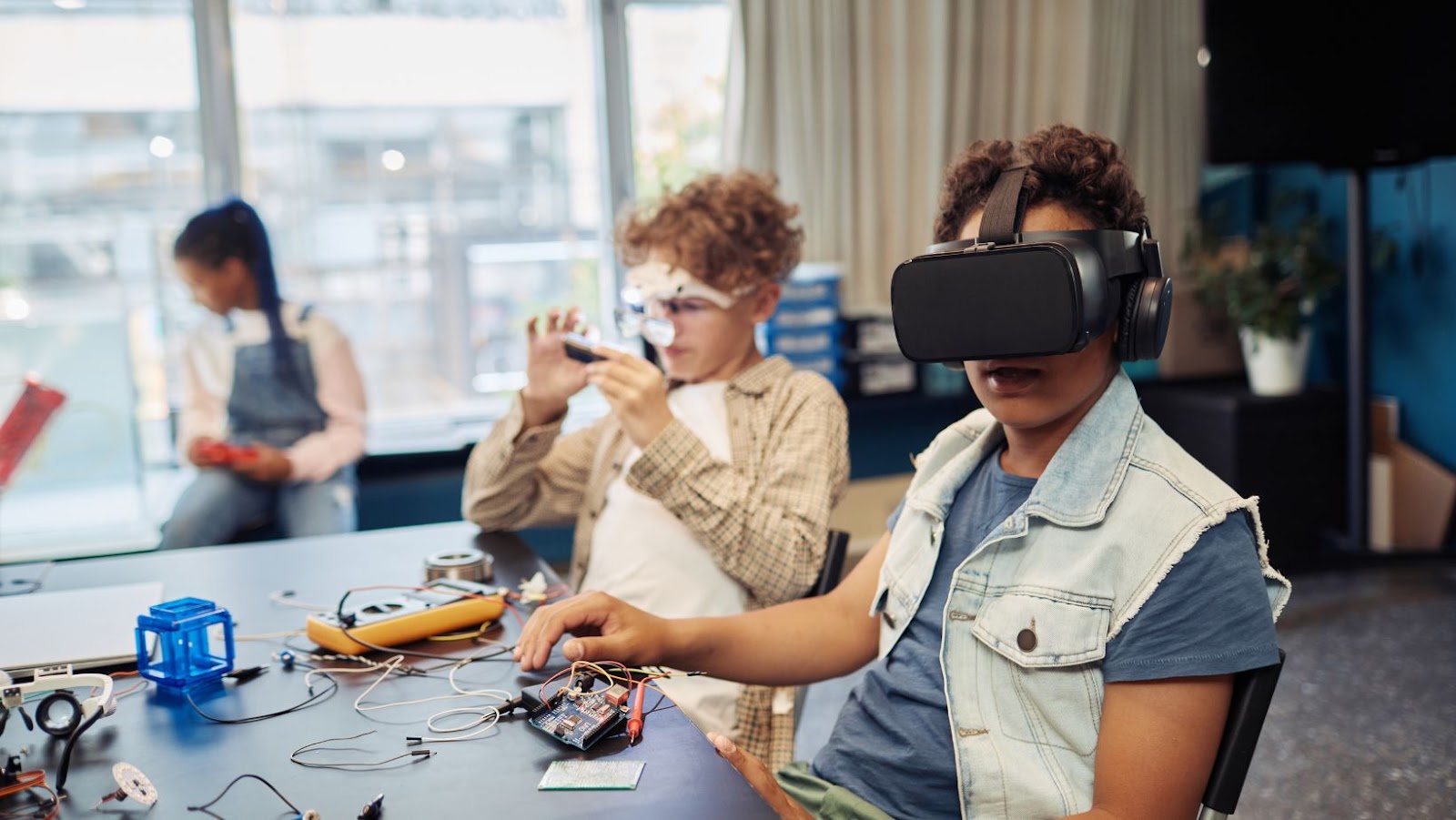 Virtual Reality Headset for 10 Year Old
Virtual Reality Headset for 10 Year Old
Selecting the right virtual reality headset for 10 year old involves considering several factors. Safety, age appropriateness, and ease of use are primary.
Prioritize headsets with built-in safety features. Look for devices with adjustable head straps to ensure a secure fit and reduce strain. Check for headsets with soft, hypoallergenic padding to prevent skin irritation. Consider sets with built-in volume limits to protect their hearing. Devices that offer reduced blue light exposure protect young eyes.
Choose headsets designed specifically for children. Verify age recommendations from the manufacturer. Opt for devices with content libraries that emphasize educational and age-appropriate games and experiences. Headsets that include parental control features help manage usage and monitor content. Seek devices with interactive elements that encourage learning and creativity.
Select headsets that are user-friendly. Look for intuitive controls suitable for small hands. Opt for lightweight designs that won’t cause discomfort during extended use. Devices with wireless connectivity reduce the hassle of cables. User-friendly software and straightforward setup instructions are essential. Headsets compatible with popular platforms can offer more experiences and games.
 Top Virtual Reality Headsets For 10-Year-Olds
Top Virtual Reality Headsets For 10-Year-Olds
Selecting the right VR headset for a 10-year-old involves evaluating several key models. Among the top choices are the Oculus Quest 2, PlayStation VR, and Google Cardboard.
The Oculus Quest 2 offers an all-in-one VR experience. It features built-in safety measures like adjustable straps and a Guardian boundary system to prevent accidents. The headset provides a wireless, immersive experience with a diverse range of educational and entertaining content. Lightweight (503 grams), the Oculus Quest 2 is designed for comfort, making it suitable for younger users.
The PlayStation VR provides an engaging platform for kids, leveraging the PlayStation ecosystem. It includes a comfortable design with adjustable headbands and hypoallergenic padding. Supporting a range of child-friendly games, this headset connects to a PlayStation console. It’s particularly attractive for households already using PlayStation systems, offering both fun and educational content.
Google Cardboard offers an affordable and straightforward introduction to VR. Made from foldable cardboard, it utilizes a smartphone to display content. This headset is lightweight and accessible, making it a good introductory option for kids. With a range of educational apps available on both Android and iOS, Google Cardboard provides diverse learning experiences while being budget-friendly.
These VR headsets cater to different needs and budgets, providing a range of options for 10-year-olds.
 Key Considerations For Parents
Key Considerations For Parents
Parents must evaluate several factors when selecting a virtual reality headset for 10 year old. Ensuring a safe and enriching experience involves mindful choices.
Regulating screen time is crucial to a child’s well-being. Studies by the American Academy of Pediatrics suggest limiting screen exposure to ensure balanced development. Parents should set daily VR usage limits to prevent overexposure and encourage breaks to avoid issues like eye strain or reduced physical activity.
Choosing VR headsets that support educational content enriches the child’s experience. Platforms like Oculus Quest 2 offer apps focused on subjects like science, history, and art, which can complement school learning. Parents should prioritize devices with access to a robust library of educational titles.
Adequate play space is essential for safe VR use. Some VR experiences necessitate clear, obstacle-free areas to allow free movement. Parents must ensure a dedicated space of at least 6.5 x 6.5 feet for headsets like Oculus Quest 2. This minimizes the risk of accidents and enhances the immersive experience.
Virtual reality headsets offer an exciting blend of entertainment and education for 10-year-olds, transforming how they learn and play. By carefully selecting age-appropriate devices with built-in safety features, parents can ensure a safe and enriching experience. Options like the Oculus Quest 2, PlayStation VR, and Google Cardboard cater to various needs and budgets, providing ample choices for families.
Balancing screen time and choosing headsets that support educational content can enhance the benefits of VR while minimizing potential drawbacks. With thoughtful consideration of these factors, VR can be a valuable addition to a child’s development, offering immersive adventures and interactive learning opportunities.